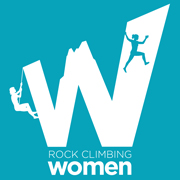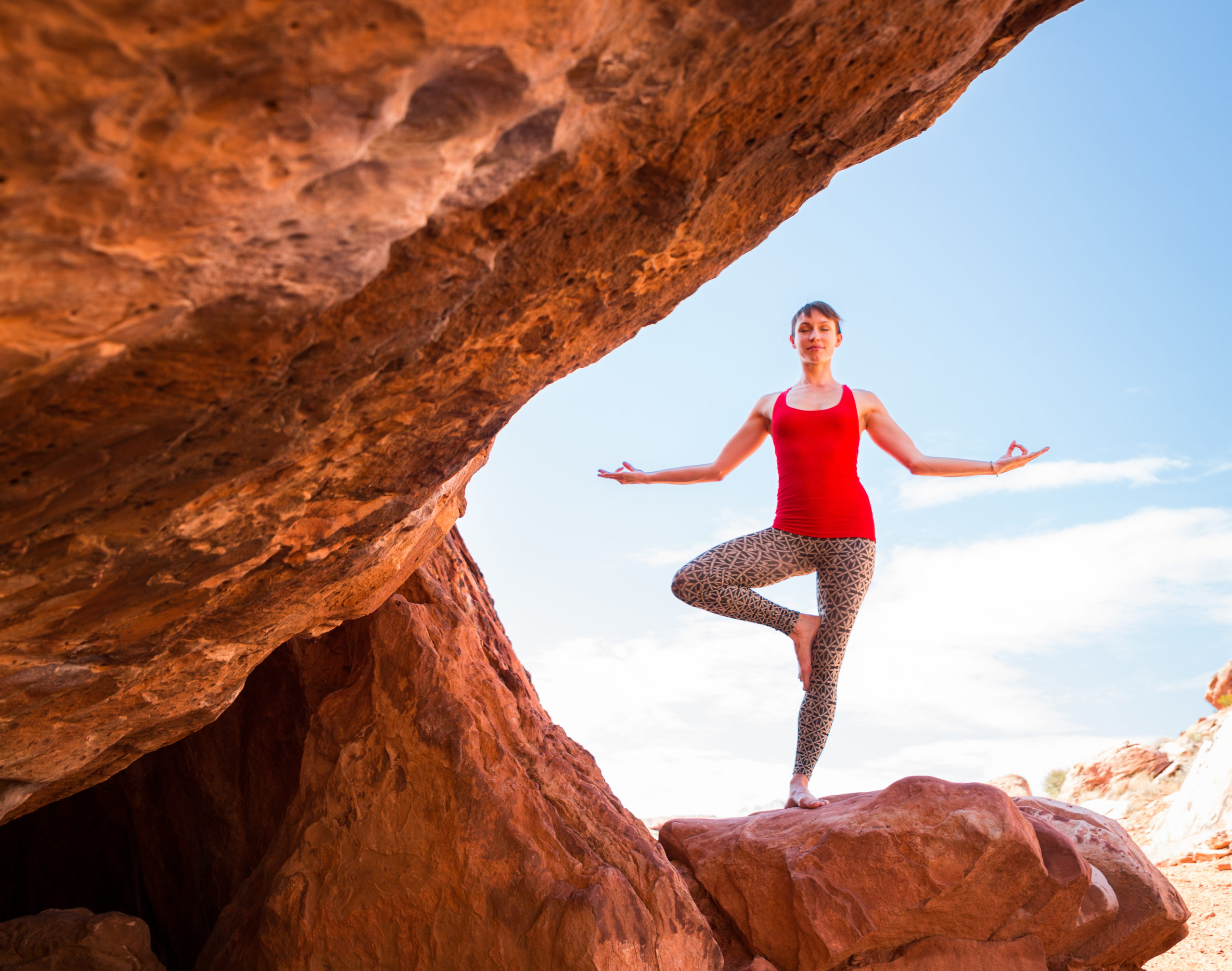So, why are there so many misconceptions about yoga? Nobody really knows, but as yoga has become more popular than ever, stereotypes have emerged and speculation has been on the rise. Not to worry. Read on as this blog post debunks some common yoga misconceptions—especially as they relate to being rock climber and yogi!
What is Yoga?
Before we begin myth-busting, let’s first describe what yoga is all about. The word yoga means “to yolk” or union—the union of body, mind, spirit, deep breaths, and connection with the world around us. It began as a mostly spiritual practice thousands of years ago, but has become popular in our modern culture as a way of promoting physical and mental well-being. There’s far more to it than the physical poses that have been popularized in the media.
What can yoga do for you? Yoga has numerous health benefits. It’s a great way to improve flexibility and strength, and become more balanced and focused. A regular yoga practice also creates mental clarity and calmness. Controlled breathing techniques help us to be in the present moment. Many climbers are already familiar with the physical benefits of yoga, and they understand intimately the need to stay focused and present.
Modern yoga tends to mostly focus on the physical yoga practice, or asana. There are tons of people that only practice asana, and that’s okay. Asana is amazing by itself, but it’s not the overall focus of a yoga practice. You see, a yoga practice isn’t just about what happens on your yoga mat, it’s also about what you learn about yourself that carries over into the rest of your day. You may come to understand more deeply why you are drawn to such a challenging sport such as rock climbing, and how to be balanced and unattached through the ups and downs it brings.
The larger yogic philosophy, known as the Eight Limbs of Yoga, is outlined in the Yoga Sutras of Patanjali. The eight-limbed path is a guide that offers yogic wisdom for living a meaningful and purposeful life. Think of it as a roadmap for the way you approach every aspect of your life—be it your next climb, an upcoming project, or whether you express appreciation for the people you love.
Myth 1: Yoga Is Just a Fad
It’s true, the yoga industry has exploded in the last few decades, but yoga has been around for thousands of years. For countless generations, it has been established as a proven means for integrating a healthy lifestyle while also achieving deeper body awareness and mental clarity. The reason yoga has stood the test of time is simple—because it works.
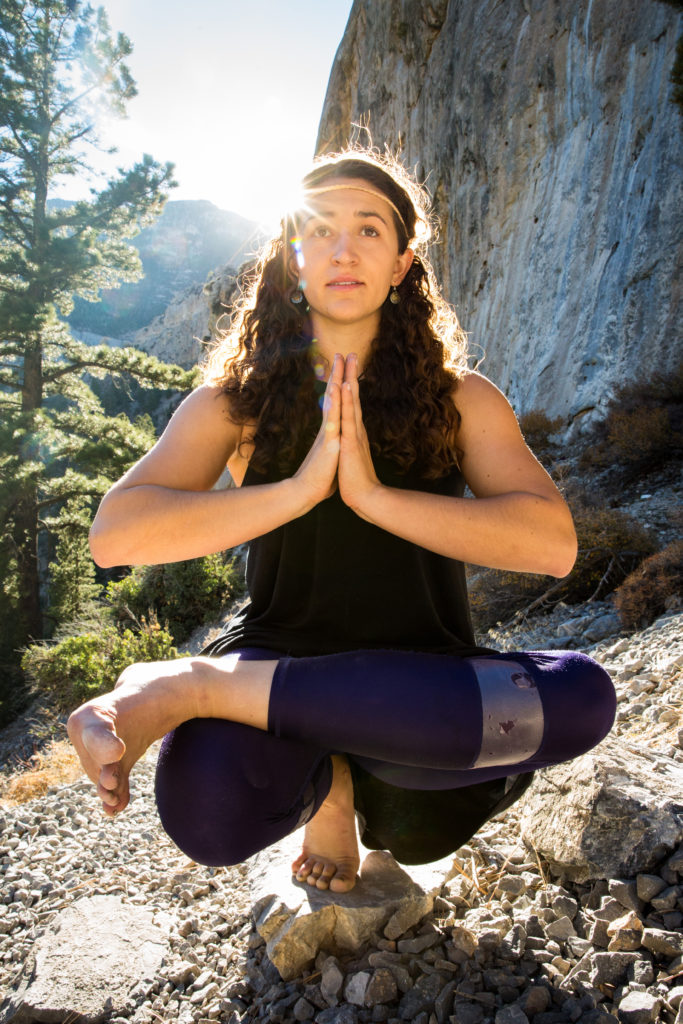
Myth 2: Yoga Is Just About Stretching
Stretching helps keep muscles flexible and healthy so that we can maintain range of motion in the joints and avoid muscle tightness. Stretching is also very effective for addressing muscle imbalances, postural alignment and preventing injury. Rock climbing itself tends to work certain muscles repetitively such as hip flexors and shoulders. Yoga can vary the way those muscles are engaged to help avoid tightness and help to prevent injury.
What sets yoga apart from just stretching is that a well-balanced yoga practice incorporates upper body strength, core engagement, coordination and balance. Plus, yoga also challenges your mind and spirit. Many climbers have started practicing yoga to recover from an injury then find it is an excellent training tool for improving their rock climbing performance.
Yoga also teaches body awareness on a deeper level. You will learn to observe when to push harder and when to take it down a notch. You’ll better understand how your body moves in space. You may even notice that you’re scrunching your face or gritting your teeth before an intense move. Mental focus and calmness are key to pushing your limits to becoming a stronger climber.
Myth 3: Yoga Is Too Easy
It’s a common myth among people that prefer high-intensity workouts that yoga is too slow and low-key to be of any benefit. Yoga isn’t intended to be a workout in the traditional sense, but you can make it as challenging or restorative as you like. Yoga opens your body up to new mobility and increases overall durability which comes in handy for rock climbing days with long approaches and many pitches of hauling heavy gear. If you spend too much time in an intense activity, your nervous system stays in a state of stress and tension. Offering your body ease with yoga will support release and recovery.
There are many different styles of yoga, some lineages are more intense than others. Most modern styles of yoga are influenced by Hatha yoga which typically involves practicing yoga poses more slowly as you breathe deeply with longer holds. Some styles are very athletic such as Vinyasa while others are restorative like Yin yoga. Still other styles emphasize props, focus on alignment or devotional practices. Some yoga practitioners commit strongly to a lineage and focus on only those particular teachings and style of yoga. Other practitioners find value in incorporating a variety of styles into their yoga practice. There is no single yogic path. By blending elements from different styles of yoga that resonate with you, your yoga practice can grow and change with you throughout your journey.
While yoga focuses on doing less to accomplish more, it doesn’t mean that yoga is easy or ineffective. Quite the opposite is true. Yoga poses often put your body in less-than-familiar positions and are held statically or in an isometric contraction as you breathe deeply. These actions require mind-body coordination and your full attention to be present in each posture. This is what makes yoga more challenging than it appears on the surface. Even a simple movement such as arms by your sides can create upper body strength with intentional muscle engagement.
Download the Yoga Hip Sequence for Rock Climbers
Myth 4: You Have to Be Flexible and in Shape to Practice Yoga
Modern media is chock full of super fit and flexible yogis twisting and stretching themselves into complex shapes. We’re not all super fit and flexible, and that’s okay. It’s easy to mistakenly assume that strength and flexibility are necessary to get started. The good news is, flexibility and fitness are outcomes of yoga not a prerequisite.
It’s a myth that yoga is about being able to touch your toes or put your ankle behind your head. Rather, it’s about deep breaths to quiet your mind, calm your nervous system and work through any distractions that are preventing you from being at peace. It’s about getting to know yourself deeply. Maybe you’re obsessed with rock climbing as a way of checking out because rock climbing is the only way you feel grounded. A yoga practice can help you sort that out.
Think of it as more of a work in progress rather than a workout. Even if you don’t start out very flexible, with time and patience you’ll see an improvement in your strength and flexibility. Your joints will move more freely and your muscles will become more pliable allowing you to reach farther, step higher and more easily rotate your hips into the wall. Yoga is designed to adapt to you.
Myth 5: Yoga Is Too Hard
Granted, some yoga poses can seem hard and intimidating, but they don’t need to be. The beautiful thing about a yoga practice is that it meets you wherever you are in your yoga journey. Yoga is about adapting the pose to fit your body on any given day. There is no correlation to how hard a pose is and how good you are at yoga, just as rock climbing is not ultimately about the difficulty of the climbs.
There are modifications for any yoga pose to meet you where you are. Yoga encourages you to tune into your body awareness for signs of comfort and discomfort, and to choose the pose variations that feel best for you. Then, as you become more comfortable with your yoga practice, you can explore more challenging poses. Like in rock climbing, suddenly you’re sending that once illusive route or boulder problem.
Sometimes the perceived challenge is with the ego or feelings of insecurity. How can yoga help? By honing into body awareness, and listening to what feels good and right for you, you will learn to let go of judgement of yourself and others. It’s important not to force yourself into a shape beyond your range of motion. Don’t forget that everyone starts somewhere, so there’s no reason to feel self-conscious.
Maybe fear is holding you back. Climbers constantly face fear—especially in that moment of panic before a fall. In yoga, many people are scared to step out of their comfort zones to try something new. They may be afraid they will fall out of a pose or that they are afraid they aren’t flexible or strong enough. Yoga teaches you to tap into your own strength and confidence, and breathe deeply to calm your nervous system. You may find that you are mentally stronger than you think.
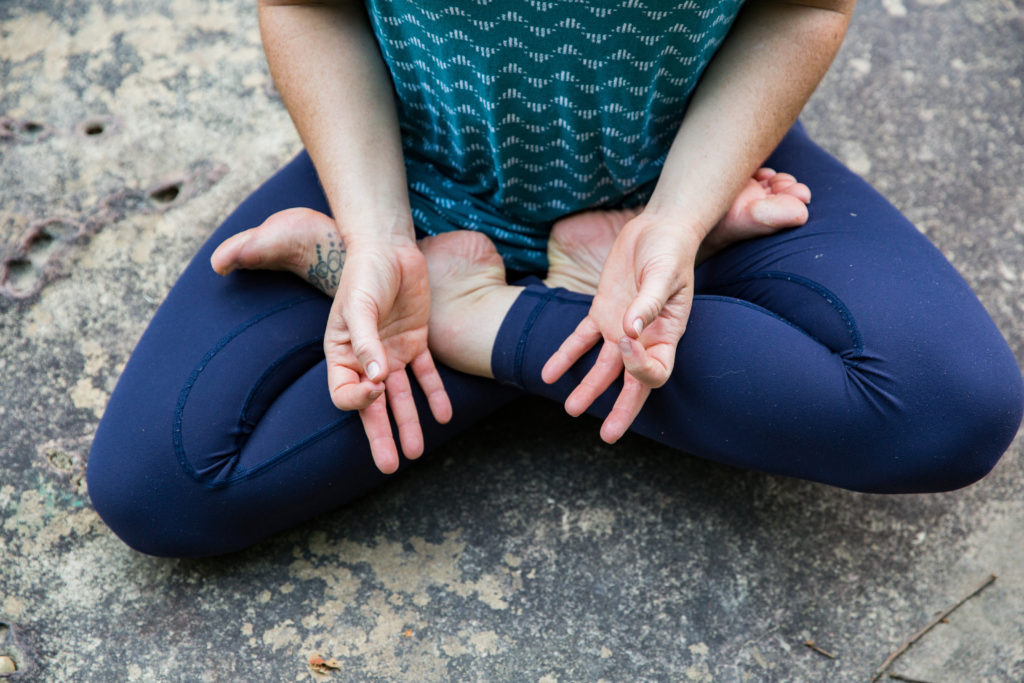
Myth 6: The More Difficult the Pose, the Better
It’s also a misconception that your ability to go deeper into a pose or balance longer is a sign of a physical or mental advantage. Less is definitely more in yoga—it is not a competition. There are no winners and losers. If your yoga feels too difficult, try a simpler or softer approach. Have fun in your yoga practice just as you would if you fall off a climb. Smile and shrug it off instead of getting frustrated.
Along the same lines, don’t worry too much about perfect alignment in a yoga pose. All bodies are built differently and yoga is not one-size-fits-all. Pay attention to the sensations in your body and breathe deeply. Trust yourself to find your own best alignment at that moment. Even if it’s not perfect, you’ll still get the benefits of yoga. It’s called a yoga practice because the power comes from doing it over and over. The more you practice body awareness, the more you rewire your body and mind connection.
Myth 7: Yoga Takes Too Much Time and is Too Expensive
Most formal yoga classes are 60 to 90 minutes long, but you don’t need to do yoga in one-hour chunks to reap the benefits. If you simply commit to a regular yoga practice of at least 15 minutes a day you’ll feel the results. Yoga is a personal habit and works best integrated into your lifestyle, whatever that looks like for you.
Plus, it’s hard enough to make time to climb as often as we like. A regular yoga practice is a great way to supplement rock climbing to keep your physical and mental skills sharp. You don’t have to spend lots of time and money going to expensive yoga studios. There are plenty of affordable on-demand online yoga programs, and there are huge benefits to developing your own at-home yoga practice.
It pretty much goes without saying—expensive yoga clothes are not required for an effective yoga practice. Yoga isn’t about the look, it’s about moving the deep breaths through the body and finding a deeper connection with yourself. You can do that while wearing anything you want, whether it’s comfy pajamas or the exercise clothes you already own. Yoga teaches you to look inward and see how you feel on the inside so that you are less focused on what you look like on the outside.
As far as yoga props such as blocks, straps and bolsters go, they can provide support and help with alignment, and may help to prevent injury. They are definitely useful to make some poses more accessible or comfortable—especially if you are less flexible or recovering from an injury. Props are not absolutely necessary, but if you do need support, chances are you already have items on hand that make fine substitutes such as guide books, a towel, some webbing or a pillow.
There are even pros and cons for using a yoga mat. Up until the 1960’s, when the modern sticky mat was invented, yogis practiced on bare floors, cloths or rugs. That said, yoga mats do offer some cushion, stability and an alignment reference for your yoga practice, but even using a yoga mat is optional.
Some yogis prefer practicing without a sticky mat in favor of using isometric contraction to prevent their hands and feet from sliding apart. Something else to consider is that metaphorically, the yoga mat can represent a safe refuge where our bodies and minds can relax and recharge from the hustle and bustle of daily life. For some it becomes a sort of magic carpet leading to transformation and self-realization. The choice to use a yoga mat or not is yours.
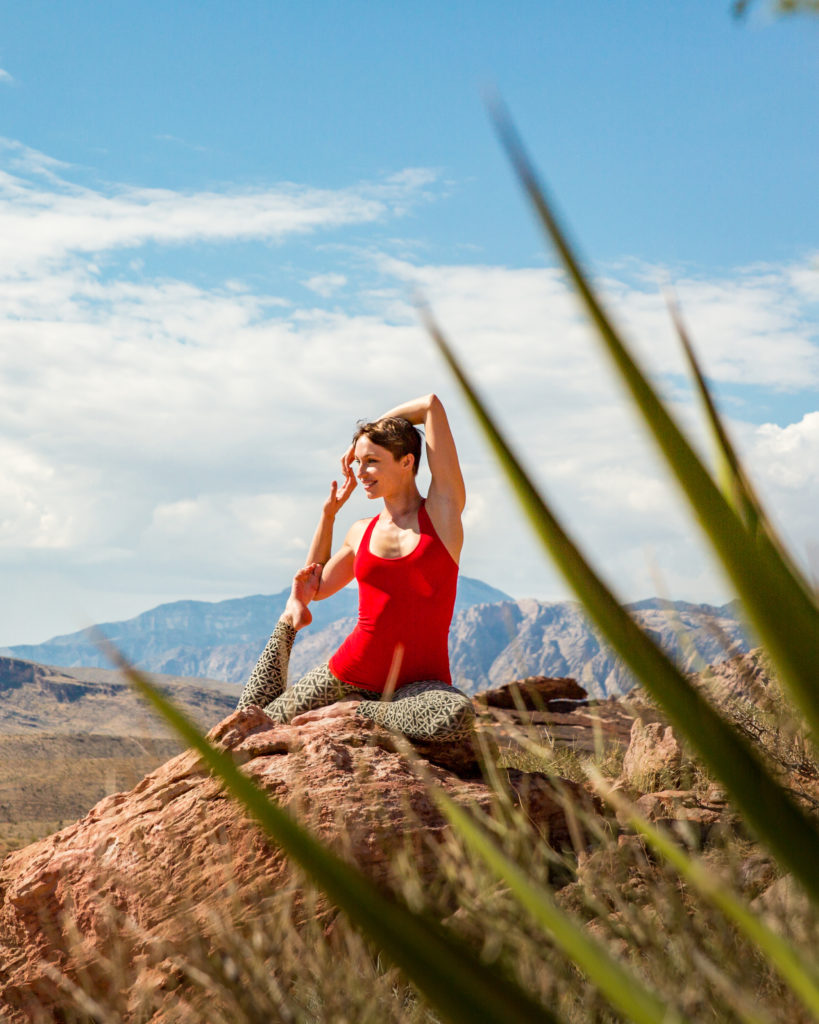
Myth 8: Yoga Will Make You Calm and Happy
Like most things of value, you have to work for it. Yoga will not automatically make you calmer and happier. In fact, it might make you feel emotionally worse before you feel better. Yoga helps people overcome mental and emotional blocks by creating new neuropathways in the mind. Change takes time and effort, and the process can be hard and uncomfortable because the mind naturally wants to resist. As you are transforming through yoga, there will be ups and downs on your journey.
Yoga is not an easy road to happiness, and that’s a sign it’s working for you. Yoga is a practice that encourages self-awareness, love, and connection with the world. The more you practice yoga, the more mindful and conscientious you become in your actions. This can lead to making choices that lead to a calmer and happier outlook.
Spend some time reflecting on the truths behind these myths. If any of the misconceptions in this blog post have been holding you back from doing yoga, embrace the truth and give yoga a try! Many climbers are interested in or already have a regular yoga practice. Yoga will give you context for better body awareness while rock climbing and deepen your appreciation for why you love rock climbing. Being a climber and yogi is a package deal that offers benefits and tools to support your physical and mental health, and life in general.
